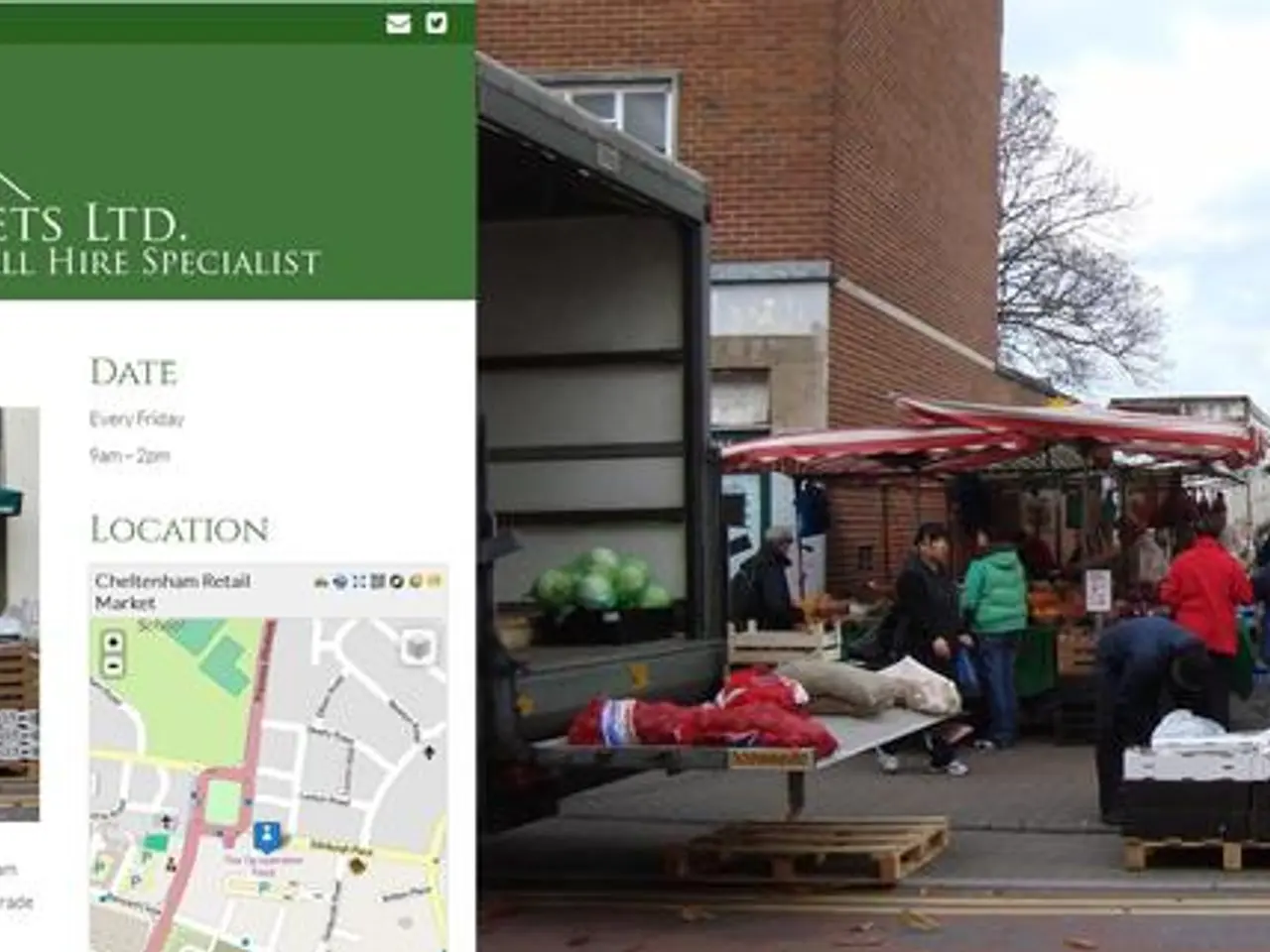Phoenix Real Estate Outlook 2025: Prosperity, Transformation, or Demise?
Phoenix Residential Real Estate Market Shows Signs of Stability in 2025
The residential real estate market in Phoenix is undergoing a significant transition, moving towards a more balanced and stable environment. This shift is evident in the sales growth, price corrections, and increased inventory that have marked the market in 2025.
Sales growth surged strongly at the beginning of the year, with a 30% increase in Q1 home sales across Metro Phoenix. This surge was driven by moderating mortgage rates, population growth (Maricopa County being the fastest-growing in the U.S.), and job growth in tech, semiconductor manufacturing, logistics, and healthcare sectors.
However, by mid-2025, the market shows signs of a price correction or softening. Home prices dipped slightly in June 2025 (median sales price dropped 0.3% from May), and the market is leaning more towards buyer favor, with builders offering incentives such as mortgage rate buydowns and closing cost credits to maintain momentum.
Inventory is increasing, and homes are staying longer on the market, indicating a move away from the frantic seller’s market of recent years towards a more balanced market. The average days on market for listings in June 2025 was about 79 days, with a month of supply close to 3.9 months, reflecting this stabilization.
Experts forecast modest home price increases of around 2% to 5% in 2025 overall, with new home sales projected to climb 10% in 2025 and 5% in 2026. This suggests that the market is entering a healthier, more sustainable phase rather than rapid growth or decline.
Challenges remain, including affordability pressures and policy uncertainties, but the Phoenix market is viewed with cautious optimism. Its strong fundamentals—population growth, diverse job market, and relative affordability compared to other metros—make it a smart long-term bet, albeit with moderated growth and greater buyer leverage in the near term.
The typical Phoenix home costs around $416,000, about 4% less than a year ago. The West Valley cities of Buckeye, Goodyear, and Surprise offer a combination of low entry prices and rapid growth for potential investors.
Industrial real estate continues to be the undeniable star in Phoenix. The city is known as "the Build-to-Rent (BTR) capital of America". Buyers in 2025 are negotiating harder and seeking more value. Wealth continues to flow from other states into Phoenix, particularly in the luxury segment. There is a 9.7% year-over-year positive net absorption in industrial real estate.
The development of multifamily housing is experiencing a post-pandemic construction boom. Institutional investors are buying entire BTR neighborhoods as stable, income-generating assets. Over 13,000 more BTR units are planned or under construction in the coming years.
In contrast, upscale areas such as North Scottsdale or Paradise Valley remain expensive. The number of late payments remains somewhat elevated post-pandemic. However, areas closer to new light rail extensions or job hubs (e.g., TSMC in North Phoenix or near downtown tech offices) could experience above-average appreciation due to new demand.
The role of Phoenix as a distribution hub is expanding, and retail & entertainment destinations are seeing several "big retail" projects come to fruition, bringing shopping and leisure options to underserved areas. Older Class B/C office buildings in good locations are experiencing a renaissance through renovations.
Despite higher borrowing costs, demand is not gone in Phoenix. Rental prices have actually decreased slightly in Phoenix, and vacancy rates that rose above 6% in 2024 have fallen back below 6% by spring 2025. Rents in Phoenix are about 9% lower than the national average and offer more space.
In the entertainment real estate sector, Glendale will open the $1 billion VAI Resort by the end of 2025. Developers are driving high-profile retail projects like the Signature at SanTan Village in Gilbert. Many companies in Phoenix are now developing or buying entire neighborhoods of single-family homes built specifically for rent (Build-to-Rent).
First-time and move-up buyers remain active, supported by creative financing. Developers have added thousands of apartments in the Phoenix metro area by 2024-25. Long-term buy-and-hold strategies are attractive in Phoenix, with residential property prices expected to grow moderately as we approach 2026-2027.
In summary, by the end of 2025, Phoenix's residential real estate market is expected to have shifted from a high-demand seller’s market to a more balanced, slightly buyer-friendly environment with modest price growth and higher inventory, supported by underlying economic and demographic strength.
Investors looking to finance in the Phoenix housing-market may find opportunities in the increasing inventory and moderatedHOME PRICE INCREASES, predicted to be around 2% to 5% in 2025, while prices in the West Valley cities like Buckeye, Goodyear, and Surprise may still offerAttractive entry prices. As the Phoenix market stabilizes, the industREAL ESTATE sector, particularly Build-to-Rent (BTR), continues to be an undeniable star with over 13,000 more BTR units planned or under construction.




